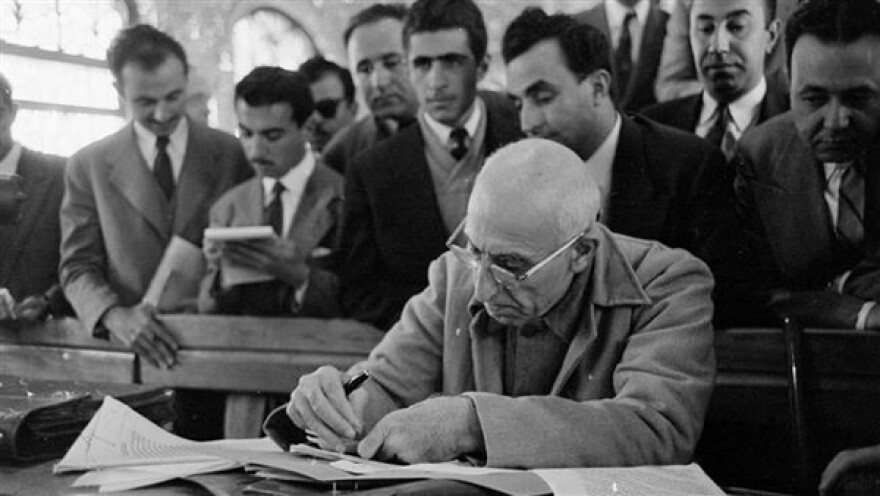Growing tensions between the United States and Iran have dominated news in recent weeks. The historical backdrop further validates the notion that certain actions can produce unintended consequences.
At the end of World War II, in the context of the growing Cold War, both the Soviet Union and Western democracies sought to exert their influence over the vast oil reserves in Iran.
Iranians, based upon reasonable nationalist sentiment, wanted to control their own destiny. One manifestation of this was the 1951 election of Mohammad Mossadegh as prime minister. Mossadegh quickly drew the ire of Great Britain when he nationalized the British Anglo-Iranian Oil Company. In response, Britain’s foreign secretary, Sir Anthony Eden, solicited support from the CIA to have Mossadegh removed from office through a coup d’état. Once this was accomplished in 1953, England and the U.S. installed the Shah of Iran as the country’s new leader. Not coincidentally, the Shah subsequently sought to both quell Iranian nationalism and to safeguard the West’s oil interests in Iran.
The Shah’s repression of his people contributed to their increased radicalization, and when the Shah was removed from office in Iran’s 1979 revolution, a militant Muslim theocracy took over. To this day, Iran’s leadership and people still have bitter memories of the 1953 coup.


